English Cuisine – guide for foodies
The English cuisine is so rich and full of history and tradition that it would take me an entire day to talk about it. I tried to briefly highlight the most important aspects of it for all foodies out there who want to understand it better. Here’s everything you need to know about the amazing British cuisine!
The United Kingdom is a beautiful island country that is located in Northern Europe. The country comprises England, Wales, and Scotland. London, the capital of the UK is a vibrant city at a commercial, financial, cultural and artistic center of the nation. The UK was shaped through a long list of historical events.
The nation has made key contributions to the world in terms of economy, technological development and culture. London has much to offer to its residents as well as travelers. English Cuisine is among the unique things that London and the UK have to offer.
Contents:
- The History of the English Cuisine
- The Classic British Dishes
- English Cuisines divided by geography
- Top five dishes in English Cuisine
- For the food enthusiasts – A list of perfect restaurants

The History of the English Cuisine
The modern English cuisine is a result of various rich and historic cultures coming together in one place. Because of this, English cuisine boasts a diverse culinary range. The history of England brought with it various food traditions that many people enjoy today as part of traditional English cuisine.
The Roman people brought to England cherries, stinging nettles, cabbages, peas and better cultivation practices. Apart from this, they are brought wine into the country. And to add the ‘cherry on top’, the Romans built roads for easy transportation of produce. Next were the Saxons.
They brought with them advanced cultivation techniques for growing herbs. In earlier days, herbs were used in large bulks while cooking stew, which was a staple dish. Next in line, the Vikings brought into England the techniques that would be used to smoke and dry fish. These techniques are used today along the northeastern coasts of England and Scotland. These are the places to turn to if looking for the best kippers in the country.
The tradition of ‘Callops’ (Scandinavian word for small slices of meat) was also introduced by the Vikings. Callops is a traditional dish that is now served on Burns day (a day celebrating the life and work of poet Robert Burns) in Scotland.
Another traditionally popular dish is the York Ham, which has been extremely popular in British households since the first York ham was smoked with sawdust of at the oak trees used for the York Minster building.
As more people from England traveled across the world, they brought back with them the culinary traditions of other countries. Tracing back; in the 12th century, the Crusaders tasted oranges and lemons for the first time in Jaffa in 1191.
Saffron was introduced to the UK by the people of Phoenicia who had traveled to England for trade. Saffron is a big part of British cuisine today. In the early middle ages, the rich in England were able to import spices and dried fruits from distant corners of Asia. However, these stayed as part of the diet of Britain’s richest for a long time before trickling down to the rest of the country.
During the Tudor period, new ingredients started coming to England. The eastern countries brought in spices, sugar came from the Caribbean, coffee, and cocoa from South America. The tea came from India and the potatoes from America. In the earlier days, turkeys were bred only in Norfolk. This changed around the 17th century when the people from Norfolk were able to drive turkey flocks into the London markets when transportation improved.
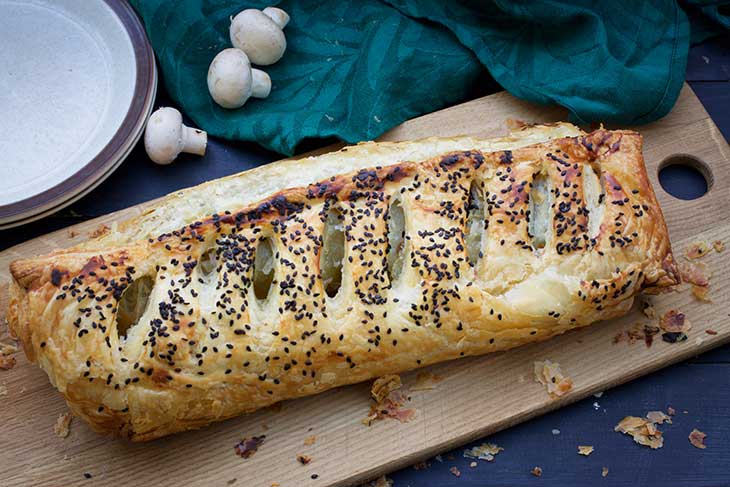
The English cuisine also expanded during the colonization era. As the British Empire grew, more ingredients with unique tastes where brought into the country. The Indian dish ‘Khichri’ was adopted to become the Kedgeree, a traditional breakfast dish in Britain since the 19th century. This recipe came into England from the East India Company.
The English cuisine today is a culmination of all of these historic events. People living in England today have access to a whole range of international cuisines at an arm’s reach – American, Spanish, French, Thai, Chinese, Italian and Indian are some of the more popular cuisines enjoyed in England. This is a perfect representation of the diversity in ethnicity that in Britain today.

The Classic British Dishes
As of 2018, the definition of ‘classic British dishes’ is highly diverse. Japanese, Chinese, Indian restaurants and high-quality street foods are especially seen commonly in the city of London.
There is a notable difference between what one would consider being today’s classic British food Vs some of the traditional British cuisines that were enjoyed in the earlier days.
Some of the most common British cuisine unique to that country that most people are aware of are Roast Beef, Yorkshire pudding, and Trifle. While these can be categorized under traditional dishes, today’s classic British foods that most people enjoy would be dishes such as the curry, chicken tikka masala, and fish & chips.
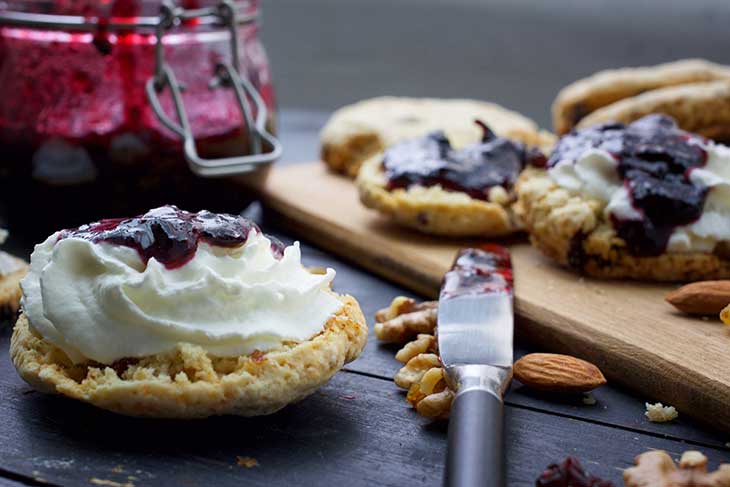
English Cuisines divided by geography
English cuisine can be divided based on the dishes most popular in different parts of the country. English foods have long held the reputation of being bland. But with today’s exposure to international cuisines, chefs from the nation have developed dished with deep flavor and texture. However, it should be noted that even the most traditional of dishes across the country are unique in their own way and add something exciting to English cuisine.
Geographically speaking, it can be said that English cuisine is a combination of foods from nine different regions within the small island country of England. These regions include – London, East Midlands, East of England, North West England, South West England, South East England, West Midlands, North East England, and Yorkshire & Humber.
The origin of the London city is believed to be 800 years ago. The city has battled through war and plague. By the 18th century, London city was the heart of the British Empire. The food culture here is thus diverse. Inspiration from different countries can be seen here. The traditionally famous foods in these regions are fish & chips, Chelsea buns and Paul A. Young’s fine chocolate.
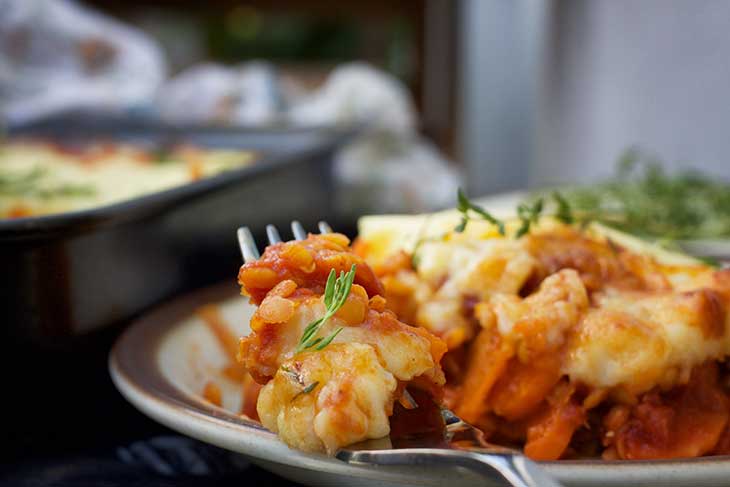
The East Midlands has a very industrial history. The first factory in the world was built here in Derbyshire. This was the origin place for the Bramley apple that was named after its owner. This is now one of the most used cooking apples in England and Wales. Traditional English dishes that come from here include Melton Mowbray pork pie, Bakewell tart, and Red Leicester cheese.
This way, most of the dishes in English cuisine can be divided among the regions listed above. The Eccles cake is from North West England.

Cheddar cheese, one of the most popularly used cheeses originates from the Village of Cheddar in Somerset in the South West region of England. Banoffee pie is one of the most popular English desserts; this dessert came from the South East part of England. The famous British pork pie comes from the West Midlands and Chicken parmo was created in Middlesbrough in the North East region of England by a war veteran and chef from America.
And finally, the ninth region Yorkshire. Yorkshire also has an industrial history. This region is known for the traditional Sunday roast (more on this below!). The region is also home to the famous Yorkshire pudding. Across all of the regions, some of the beloved English cuisine desserts include fruitcakes, roly-polies, sticky toffee pudding, treacle tart, figgy pudding, and the English Trifle.
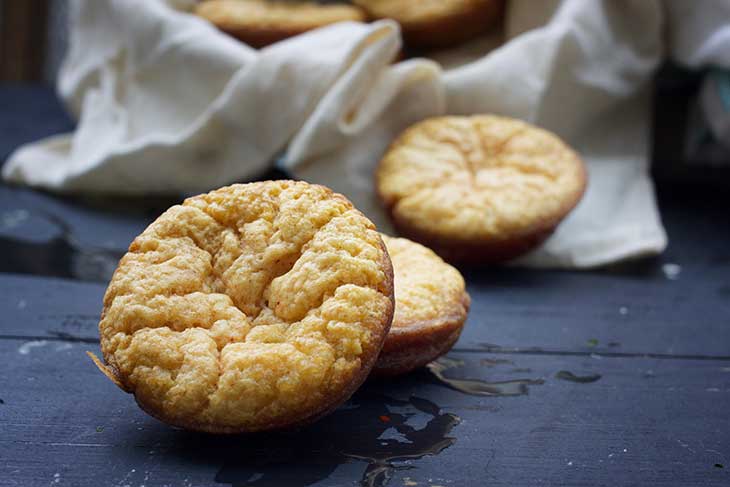
Top five dishes in English Cuisine
- Fish and Chips: Fish and chips is a classic English dish that originated in the Northern Sea when trawl fishing developed in the coast. It was a food that became popular during the Second World War as it was one of the few foods not rationed during that time. The fish used for this is usually cod or haddock. The fish is coated in batter and deep fried until it is crispy. This is paired with some fries and mushy peas. It is one of the best seaside and street food dishes enjoyed in England today.
- Bubble and Squeak: A traditional English dish, bubble, and squeak are not well-known outside of the UK. But, it still remains one of the most popular dishes in the British household. It is one of the traditional dishes that still retains its popularity. Bubble and squeak is a dish that is made with the leftovers from a vegetable roast dinner. It is a simple recipe where the leftover dinner (vegetables, cabbages, mashed potato etc.) are thrown into a frying pan, cooked with butter and served with a fried egg. It is a delicious brunch.
- Bangers and mash: Bangers and mash is another traditional English dish that has mashed potato as one of the core ingredients. It is a dish that comprises of sausages and mashed potatoes. The sausages are usually cooked in an oven. Traditionally, this dish would also be served with some fried onions and some gravy poured over the entire dish. It is said to be the most comforting rain food.
- Bread and butter pudding: One of the most loved types of food in Britain is pudding. Pudding can be found in various forms of sweet and savory dishes in this country. Among these, the most popular pudding in English cuisine is, without doubt, the bread and butter pudding. In the olden days, this pudding would be made mostly by financially struggling families with leftover bread. Today, it is a dessert enjoyed by everyone in England.
- Roast dinner: This is most likely the most common English dish that people from other countries in the world hear and know about. It is also a dish that most travelers add to their ‘must try’ list if going to the UK. The roast dinner is a combination of roasted meat, mashed or roast potatoes, vegetables, Yorkshire puddings, stuffing, and gravy. It was part of the traditional Sunday dinners. It is said that the roast dinner represents friends and family coming together to share good food and spend time with each other.

Some of the other popular, unique and traditional dishes from the English cuisines include the following:
| Roast beef | Roast beef is a dish of beef which is roasted in an oven. Essentially prepared as a main meal, the leftovers are often used in sandwiches and sometimes are used to make hash |
| Yorkshire Pudding | A dense batter that is baked and served with roast beef and gravy |
| Toad-in-the-Hole | Sausage in the same batter used to make Yorkshire puddings, served with onion gravy |
| Ploughman’s Lunch | A pub lunch that is made up of cheese, gherkins and pickled onions and served with chunks of fresh bread |
| Cottage Pie & Shepherd’s Pie | Mince and mash pies |
| Gammon steak with egg | Gammon steaks are generally sold in packs and have a layer of fat and rind around one side. The steaks are cooked on frying pans. |
| Lancashire Hotpot | A meat casserole topped with slices of potato before being baked |
| English breakfast | A full English breakfast comprises bacon, eggs, and tomatoes – fried or grilled, fried mushrooms, sausages, and toast. This is traditionally served with tea, which is often replaced by coffee nowadays |
| Black Pudding | A sausage made of blood and a filler fat, suet, potatoes, bread, etc… – that becomes congealed when cool |
| Spotted Dick | A steamed pudding with suet and dried fruit served with custard or a home-made syrup |
| Trifle | Layers of sponge cake, jelly, cream, jam, and custard. Sometimes, alcohol and tinned fruit is added |
| Apple Crumble | A crumble dish made in a sweet or savory version. The sweet variety usually contains stewed fruit topped with a crumbly mixture of fat, flour, and sugar. |
| Semolina pudding | A creamy dessert made with eggs, milk, and sugar, served with raisins and jam |
| Roly-poly | Pastry dough smeared with jam or fruit rolled into a wheel and baked |
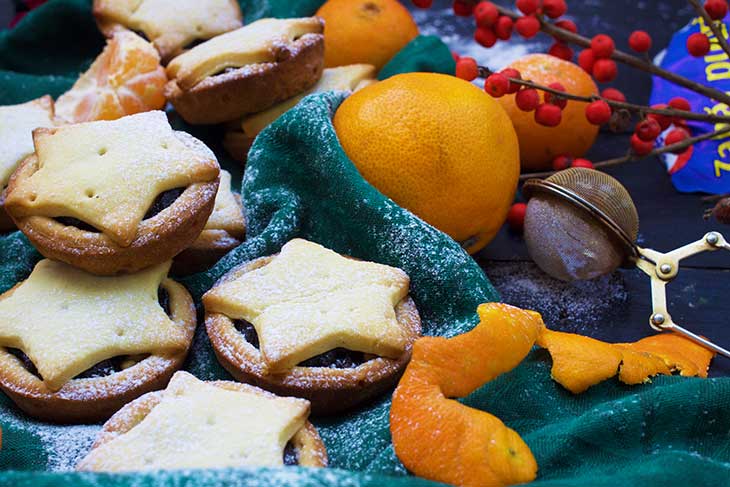
For the food enthusiasts – A list of perfect restaurants
Whether you are a resident of London or a tourist, tasting the traditional foods of English cuisine is a must! Here is a list of restaurants in London that can provide authentic traditional English meals.
References:
- https://www.historic-uk.com/CultureUK/History-of-British-Food/
- https://www.visitbritainshop.com/world/articles/english-culinary-guide/
- https://www.englandforever.org/english-cuisine.php
- https://www.eatingeurope.com/traditional-british-foods/
- https://www.tasteofhome.com/collection/traditional-british-desserts/view-all/
- https://www.vogue.com/article/traditional-british-food-restaurants-london-guide
If you make this, please leave a review and rating if you liked this recipe! ★★★★★

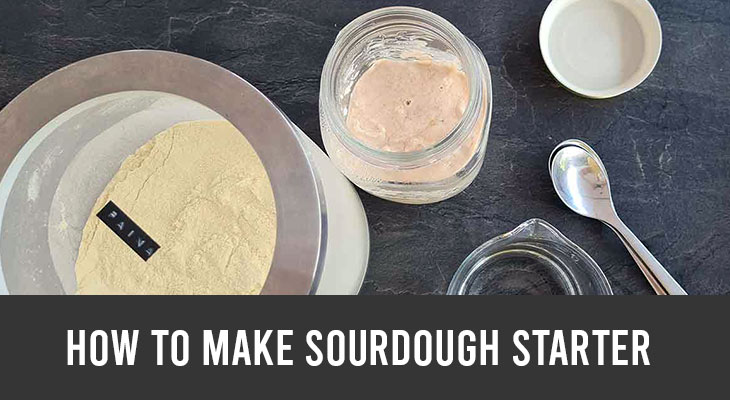


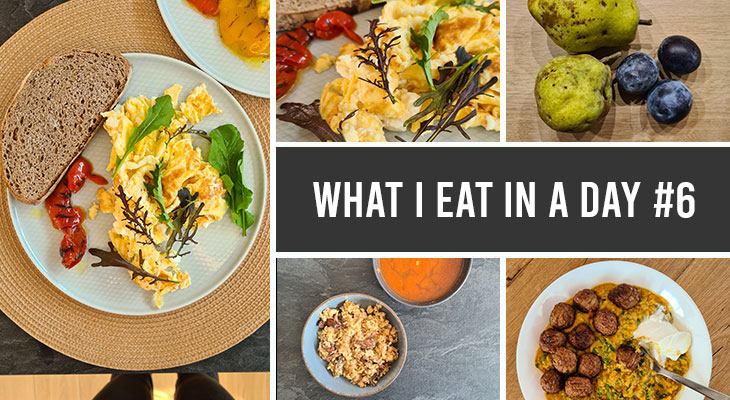


Great article and links, you have lots of great information. I’m British and there a couple of things I’d say aren’t quite right but I’m not going to pick hairs, food history is a hazy, subjective thing. The only thing I would say you should change though is the title, you talk about Scottish cuisine as well as mentioning Wales and Northern Ireland so the title should of the article should really be “British Cuisine” not “English Cuisine”.
I know I’m being pedantic and I love how much effort and thought you put into researching my country’s cuisine so don’t hate me!
Thanks!
Thank you, Tom, for the input! I appreciate it!